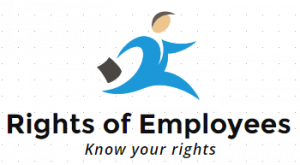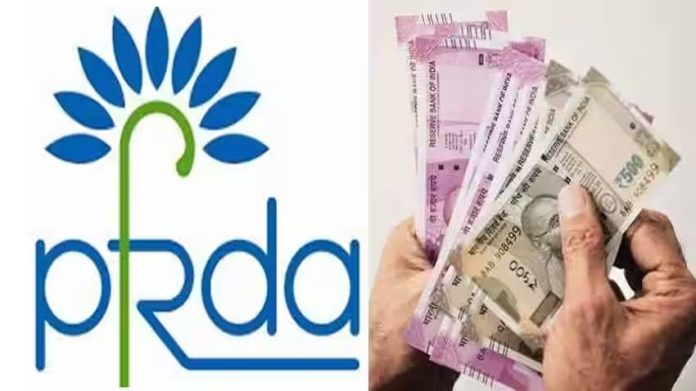There are not many days left for the election year budget to come. The new budget is going to be presented after about 3 weeks. Since it is an election year, people have a lot of expectations from this budget. Especially amidst the ongoing debate regarding pension, there is a possibility that the government may make some major changes in this regard in the upcoming budget.
PFRDA Chairman’s statement
Amidst all the expectations and debates, PFRDA Chairman has also made a big comment regarding the pension scheme. Pension regulator Pension Fund Regulatory and Development Authority (PFRDA) Chairman Deepak Mohanty was participating in a program in Mumbai on Friday. While talking to the media on the sidelines of the programme, he talked about NPS.
Currently discount is available up to this limit
The pension regulator chief said that the contribution made by employers in NPS should be made tax free up to 12 percent of the employee’s basic salary. At present, in the pension scheme for employees enrolled in NPS under private sector individual or corporate scheme, employers get tax exemption only on an amount equal to 10 percent of the basic salary.
Get benefits like government employees
Mohanty said that he has favored bringing the tax benefits on employer contribution in NPS at par with the 12 percent limit in EPF. He said that it should ultimately go up to 14 percent of the basic salary like that of government employees. Currently, under EPF rules in the private sector, contributions up to 12 percent of basic salary and dearness allowance are exempted from tax.
What does the income tax law say?
Under the current income tax rules, employers can show NPS contribution up to 10 percent of their employee’s basic salary as business expense. This helps them to save tax. Employees can also avail tax benefits under section 80 CCD (2) of the Income Tax Act on the employer’s contribution equal to 10 percent of their salary. This benefit is available in both the new and old tax system.













